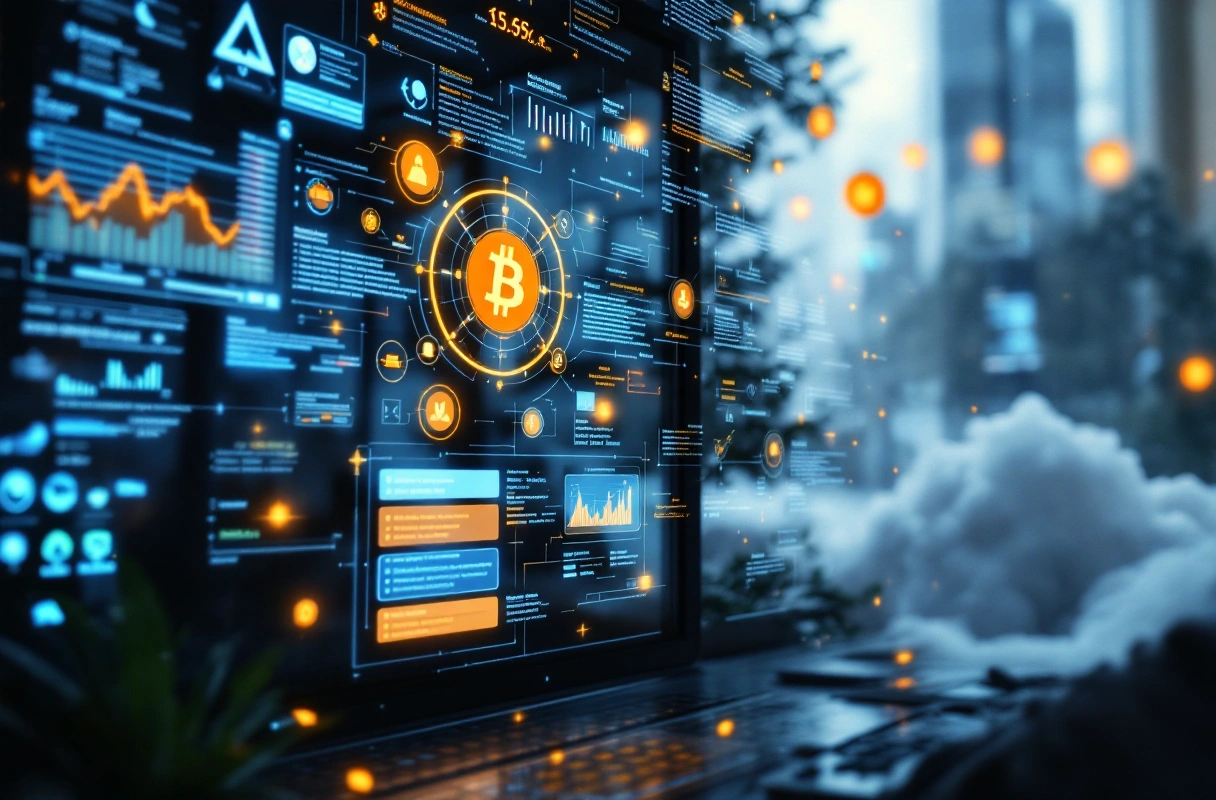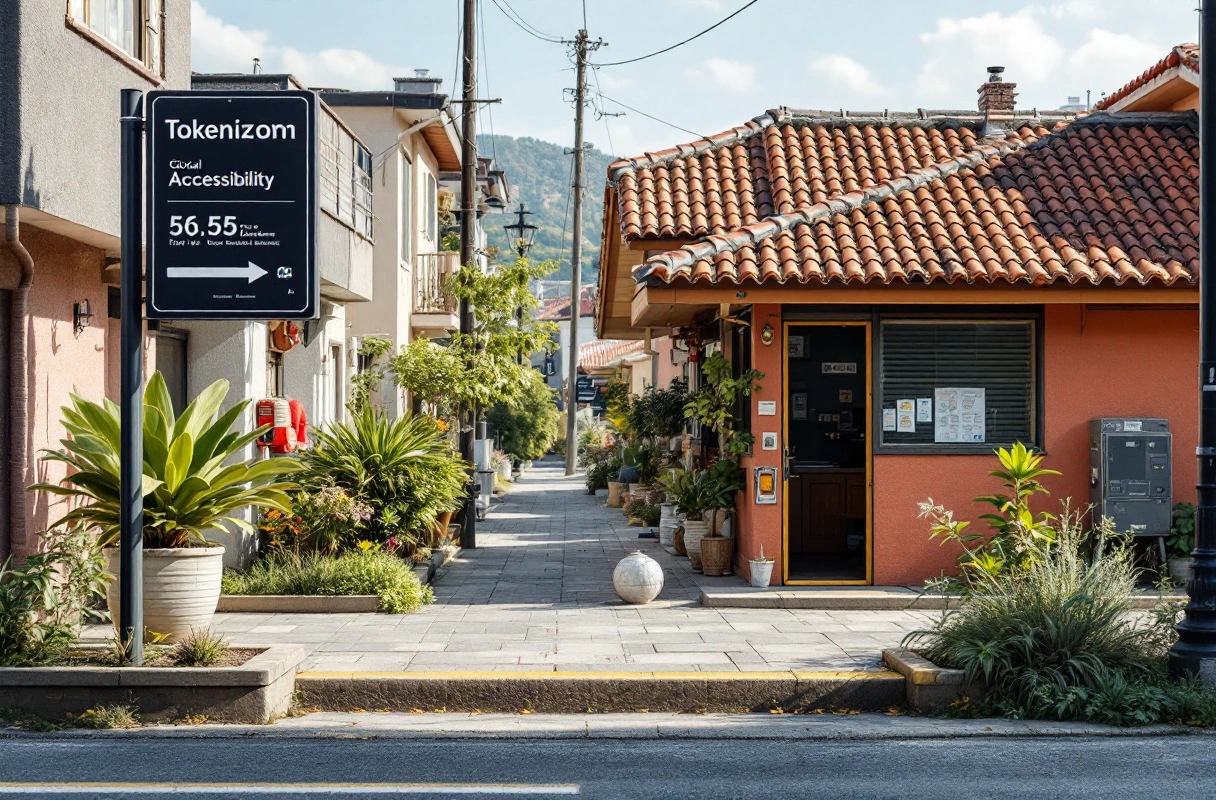

In recent years, the tokenization of real world assets has emerged as a transformative force in the financial sector. As blockchain technology continues to evolve, it brings with it the promise of enhanced transparency, security, and efficiency in asset management. Tokenization refers to the process of converting physical assets, such as real estate, art, or commodities, into digital tokens that can be traded on blockchain platforms. This process is not just a technological advancement; it represents a fundamental shift in how we perceive ownership, investment, and liquidity.
Understanding the benefits of tokenizing real world assets is essential for tech entrepreneurs, investors, and anyone involved in the emerging fields of blockchain and decentralized finance. This article outlines five key advantages that highlight the importance of real world asset tokenization. By grasping these benefits, stakeholders can better position themselves to leverage this innovation for financial growth and operational efficiency.

One of the most significant benefits of the tokenization of real world assets is increased liquidity. Traditional asset markets often suffer from illiquidity, especially for high-value assets like real estate or collectibles. Tokenization allows these assets to be divided into smaller, tradeable units, making them accessible to a broader range of investors.
By creating asset-backed tokens, owners can sell fractional ownership of high-value assets. For example, a luxury apartment can be tokenized, allowing multiple investors to own a share. This fractional ownership not only democratizes access to investments but also enhances market liquidity. As a result, investors can buy or sell their tokens easily, enabling quicker capital turnover and reducing the time needed to liquidate an asset.
Additionally, this increased liquidity can also lead to more accurate price discovery. The ability to trade tokens on various platforms allows for real-time market assessments, which can help in establishing fair market values for assets that previously lacked clear pricing mechanisms.

The tokenization of real world assets leverages blockchain technology, which is inherently designed to offer transparency and security. Every transaction involving asset-backed tokens is recorded on a public ledger, ensuring that all parties involved have access to the same information. This transparency mitigates the risks associated with fraud and misrepresentation, which are prevalent in traditional asset markets.
Moreover, the use of smart contracts in tokenization further enhances security. Smart contracts are self-executing contracts with the terms of the agreement directly written into code. They automate transactions and enforce compliance, reducing the need for intermediaries. For instance, in a real estate transaction, a smart contract can automatically transfer ownership once payment is received, eliminating potential disputes and ensuring that all conditions are met before the transaction is finalized.
The combination of transparent record-keeping and automated compliance mechanisms not only builds trust among investors but also streamlines the entire transaction process. This efficiency is particularly beneficial in sectors such as real estate, where traditional transactions can be cumbersome and time-consuming.

Tokenization breaks down geographical barriers, providing global accessibility to investors. Traditional asset investment often requires significant capital and local knowledge, which can exclude many potential investors from participating. However, with the tokenization of real world assets, anyone with internet access can invest in fractional ownership of assets around the world.
This opens up new opportunities for diversification in investment portfolios. Investors can easily access markets they might have previously found difficult to enter. For example, an investor in North America can acquire a stake in a commercial property located in Asia simply by purchasing tokens representing that asset. This globalization of investment opportunities can lead to a more balanced distribution of wealth and investment across different regions.
Additionally, the ability to invest in tokenized assets can empower individuals in emerging markets, giving them access to investments that were once reserved for wealthy individuals or institutional investors. This democratization of investment is a key aspect of the broader shift toward inclusive financial systems.
The tokenization of real world assets can significantly reduce transaction costs compared to traditional asset transactions. In conventional markets, multiple intermediaries—such as brokers, lawyers, and banks—are typically involved in transactions, each adding their fees to the overall cost. Tokenization minimizes or even eliminates many of these intermediaries.
By utilizing blockchain technology and smart contracts, transactions can be executed more efficiently. For instance, the automation of compliance checks and payment processing through smart contracts reduces the need for third-party verification. This not only speeds up the transaction process but also lowers costs associated with legal fees, administrative overhead, and other intermediary services.
Moreover, lower transaction costs can encourage more frequent trading of assets, leading to greater market activity. As the barriers to entry decrease, more participants can engage in the market, further enhancing liquidity and price discovery.
The tokenization of real world assets paves the way for the development of innovative financial products. As the market for asset-backed tokens grows, it creates opportunities for new investment strategies and products that were previously unattainable. For example, the rise of asset-backed tokens has led to the creation of new investment vehicles, such as tokenized funds that pool various assets into a single token.
Additionally, the integration of decentralized finance (DeFi) into tokenized assets can create unique financial products. For instance, investors can use their tokenized assets as collateral for loans, enabling them to access liquidity without needing to sell their investments. This creates a more dynamic and flexible financial ecosystem that can adapt to the needs of modern investors.
Furthermore, the combination of tokenization with other emerging technologies, such as artificial intelligence and machine learning, can lead to even more advanced financial products. These innovations will likely reshape the landscape of investment and asset management in the years to come.
Tokenization is redefining ownership and reshaping global finance, unlocking access to assets once considered out of reach. By embracing this shift, entrepreneurs, founders, and investors can tap into new levels of liquidity, transparency, and innovation—positioning themselves at the forefront of a financial ecosystem that is rapidly moving toward decentralization.
At Outer Edge, we focus on expanding horizons by creating spaces where the future of finance is not just discussed but actively built. Through gatherings that unite pioneers, media that amplifies frontier ideas, and communities exploring the token economy, we aim to help you discover how tokenization can fuel your strategies. Join us at the edge, where the future of finance takes shape.
Join more than 40k+ investors, dreamers, builders & experts in getting exclusive weekly content and access to the top 1% of Web3, Blockchain, and AI globally!